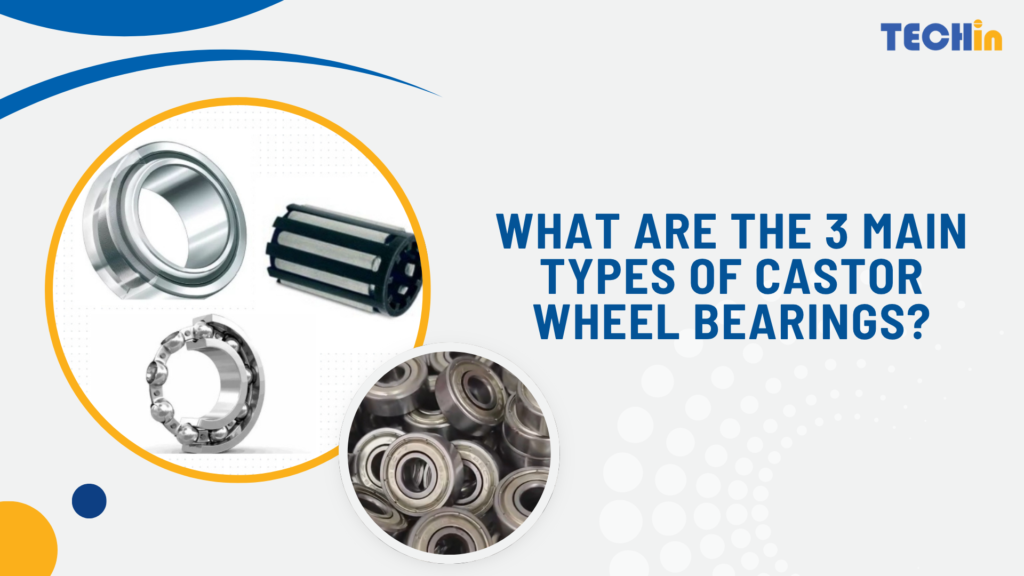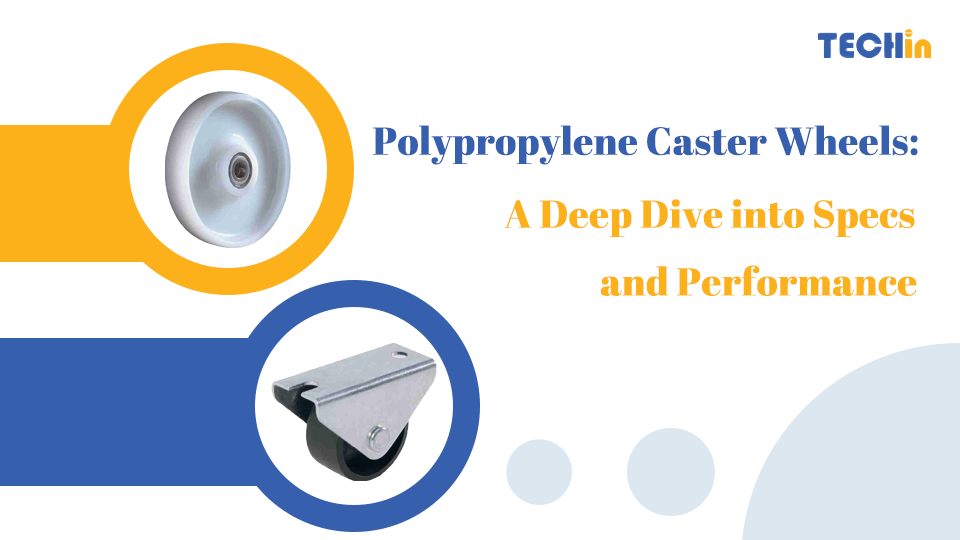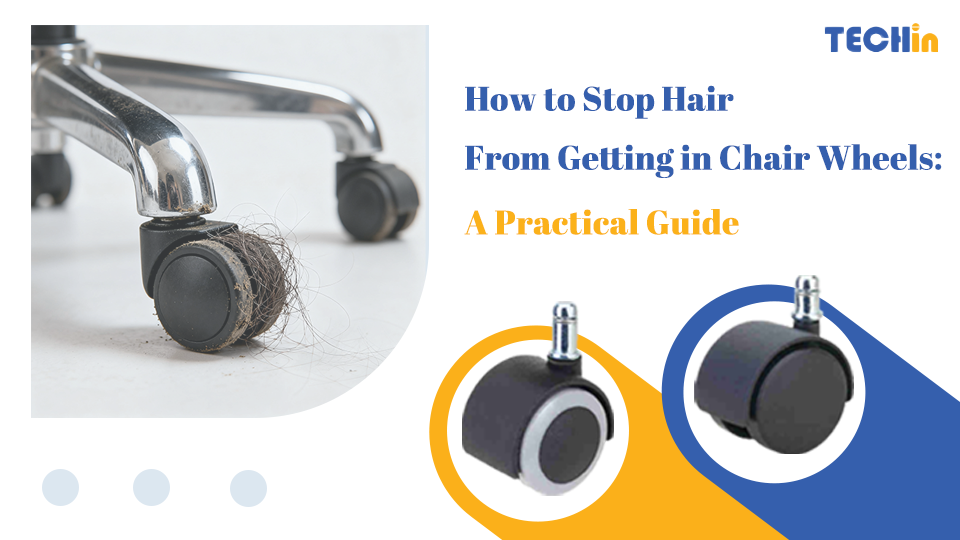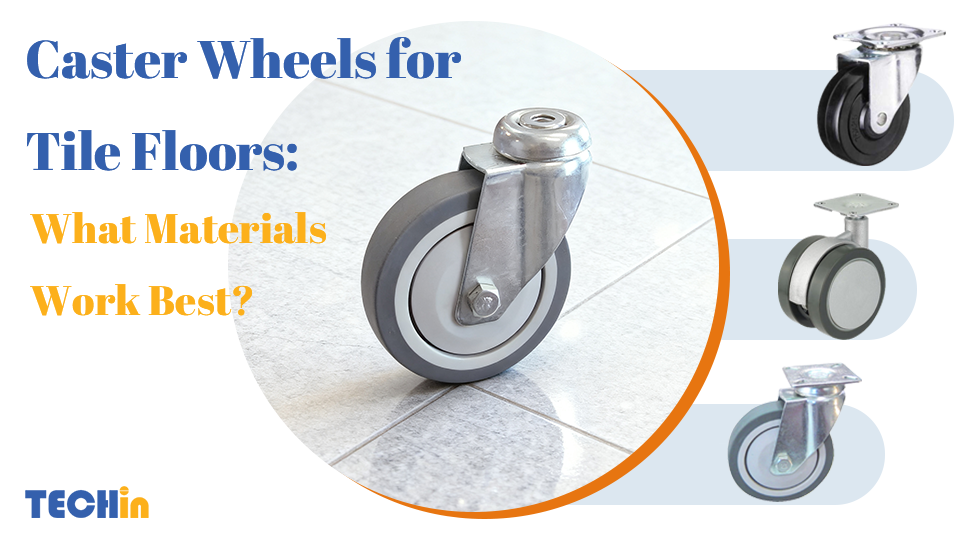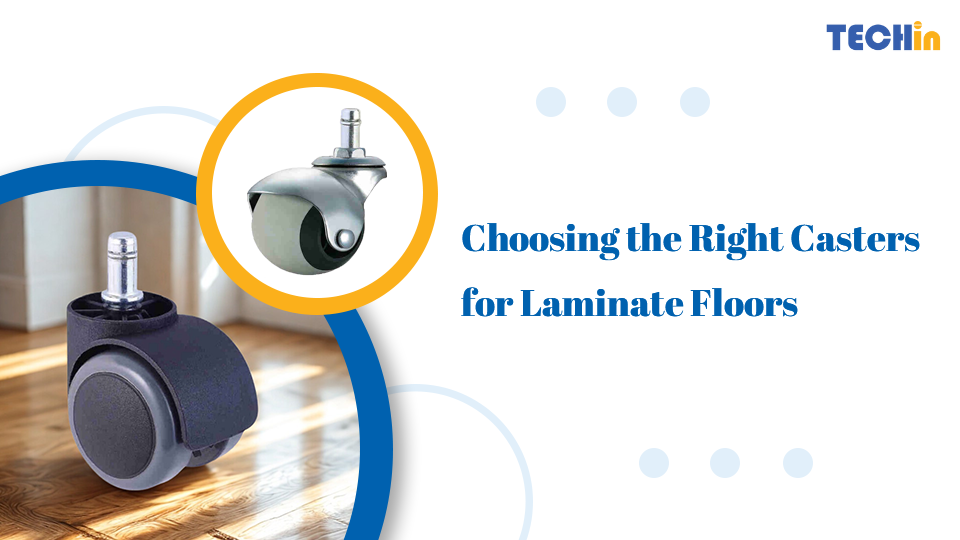A castor wheel is only as good as its bearing. It’s a small component, but it’s the single most important factor determining how well that wheel performs under pressure.
Many buyers focus on wheel material or load capacity, but the bearing is what dictates efficiency, durability, and even safety. Choosing incorrectly leads to problems you don’t have time for—like excessive push force, premature wear, or outright failure. This guide will walk you through the options so you can make a sound, practical decision.
It all comes down to three core types: plain, roller, and ball bearings. Plain bearings are the simple, cost-effective solution for low-intensity use. Roller bearings are engineered for strength, built to handle heavy loads day in and day out. Ball bearings are designed for precision, offering the smoothest and quietest roll possible.
Understanding the fundamental difference between them is key to getting the performance you expect. Let’s look at each one more closely.
1. What Are Plain Bearings?
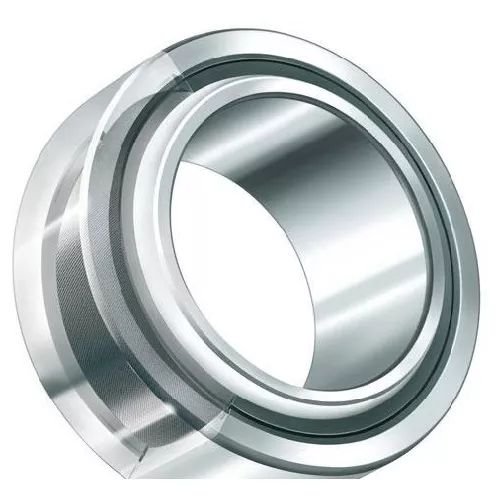
Think of the plain bearing as the most fundamental design. Also known as a sleeve or bush bearing, it’s simply a solid sleeve—often made of metal or plastic—that fits inside the wheel’s hub. The axle rests directly inside this sleeve, and movement occurs through simple sliding friction.
Pros:
- Very low cost
- Simple, with no moving parts to break
- Effective for static loads or infrequent movement
Cons:
- High friction requires more effort to start and keep rolling
- Not designed for continuous motion or heavy loads
- Can wear quickly if not properly lubricated
Best For:
Light-duty applications like store fixtures, office furniture, and carts that are moved only occasionally.
2. What Are Roller Bearings
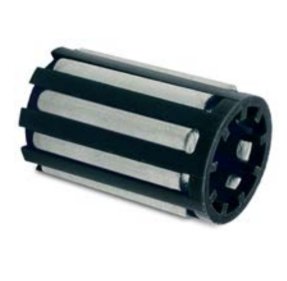
When your primary concern is load capacity, you turn to roller bearings. These bearings use a cage of cylindrical steel pins (rollers) that rotate around the axle. This design allows the wheel to roll rather than slide, significantly reducing friction under heavy loads and improving durability.
Pros:
- Excellent load-bearing capacity, the best for heavy-duty tasks
- Extremely durable and resistant to shock
- Reliable for frequent, heavy use
Cons:
- More friction than a ball bearing, so not as smooth
- Can be noisier during operation
Best For:
Industrial environments. Think heavy material handling carts, warehouse racks, and manufacturing equipment.
🔧 Note: The key takeaway here is that roller bearings excel at handling radial loads (direct downward force), making them the standard for vertically-loaded, heavy applications.
3. What Are Ball Bearings?
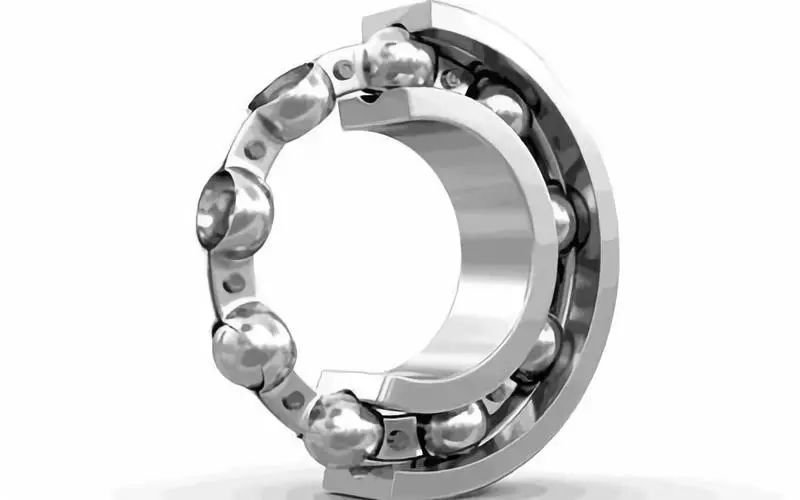
For applications where smooth, low-effort movement is non-negotiable, ball bearings are the answer. They contain a ring of small, hardened steel balls that roll within a track, or “raceway.” This design minimizes friction to an exceptional degree, allowing for a fast, quiet, and precise roll.
Pros:
- Extremely low friction for an effortless glide
- Very quiet and smooth operation
- Ideal for high-speed or continuous-motion applications
Cons:
- Lower load capacity compared to roller bearings
- Generally a more expensive option
Best For:
Environments where ease of movement is critical. This includes medical equipment, food service carts, supermarket trolleys, and light-duty institutional carts.
4. What is the Difference Between Plain, Roller, and Ball Bearings
Let’s lay it all out side-by-side for a clear comparison.
| Bearing Type | Load Capacity | Friction | Durability | Cost | Best Use |
|---|---|---|---|---|---|
| Plain | Low | High | Moderate | Low | Occasional use |
| Roller | High | Medium | High | Medium | Heavy-duty |
| Ball | Medium | Low | Moderate | High | Smooth/light duty |
In short: Plain bearings for simplicity and cost. Roller bearings for strength and durability. Ball bearings for smoothness and precision.
5. Which Castor Wheel Bearing Type Should I Use?
Here’s how to translate this into a practical choice for your application:
- If you’re budget-conscious and the item is mostly stationary, plain bearings are a perfectly logical choice.
- If you’re moving heavy loads or the equipment is in constant use, you need the durability of roller bearings. They are the workhorse standard.
- If you need the smoothest, quietest, and easiest roll possible, invest in ball bearings. They are essential for ergonomic and high-precision tasks.
Remember: A high-quality bearing in a lighter-duty castor can easily outperform a low-quality bearing in a heavy-duty one. The quality of the component matters.
6. Are Ball Bearings Better Than Roller Bearings?
This isn’t a question of “better” or “worse,” but a matter of priorities. It’s a direct trade-off between smoothness and strength.
- Ball bearings prioritize ease of movement. They are smoother, quieter, and faster.
- Roller bearings prioritize load capacity. They are tougher, more durable, and better under heavy stress.
If your goal is to make a cart feel effortless to push, ball bearings are the right tool. If your goal is to move hundreds of pounds reliably, roller bearings are what you need.
7. What Type of Bearing Is Best for Heavy Loads?
For heavy loads, the answer is clear: roller bearings are the superior choice.
Their cylindrical design distributes weight across a wider surface area than the small contact points of ball bearings. This prevents the bearing from deforming under pressure and ensures it can handle significant, sustained weight.
While other specialty bearings exist (like Delrin for chemical resistance), for pure load-bearing strength, roller bearings are the industry standard.
8. Maintenance Tips for Castor Wheel Bearings
Proper bearing selection is the first step. The next is maintenance to ensure longevity and safety.
- 🔧 Clean bearings regularly, as dirt and debris accelerate wear.
- 🛢️ Apply lubricant to plain and unsealed roller bearings according to manufacturer guidelines.
- 👀 Inspect for warning signs like increased noise, resistance, or wobbling. These indicate internal wear.
- 🔩 Avoid consistent overloading. Pushing a bearing past its rated capacity is the fastest way to cause a failure.
- 💡 Invest in quality. Reputable brands like Techin use precision engineering and better materials, resulting in bearings that last longer and perform more reliably.
Consistent care protects your investment and, more importantly, enhances operational safety.
Summary
Ultimately, the bearing is the heart of your castor wheel’s performance. Understanding the distinct roles of plain, roller, and ball bearings empowers you to choose a product that is not only effective but also safe and cost-efficient in the long run. Still have questions? Ask us in the comments below—we’re here to help.

